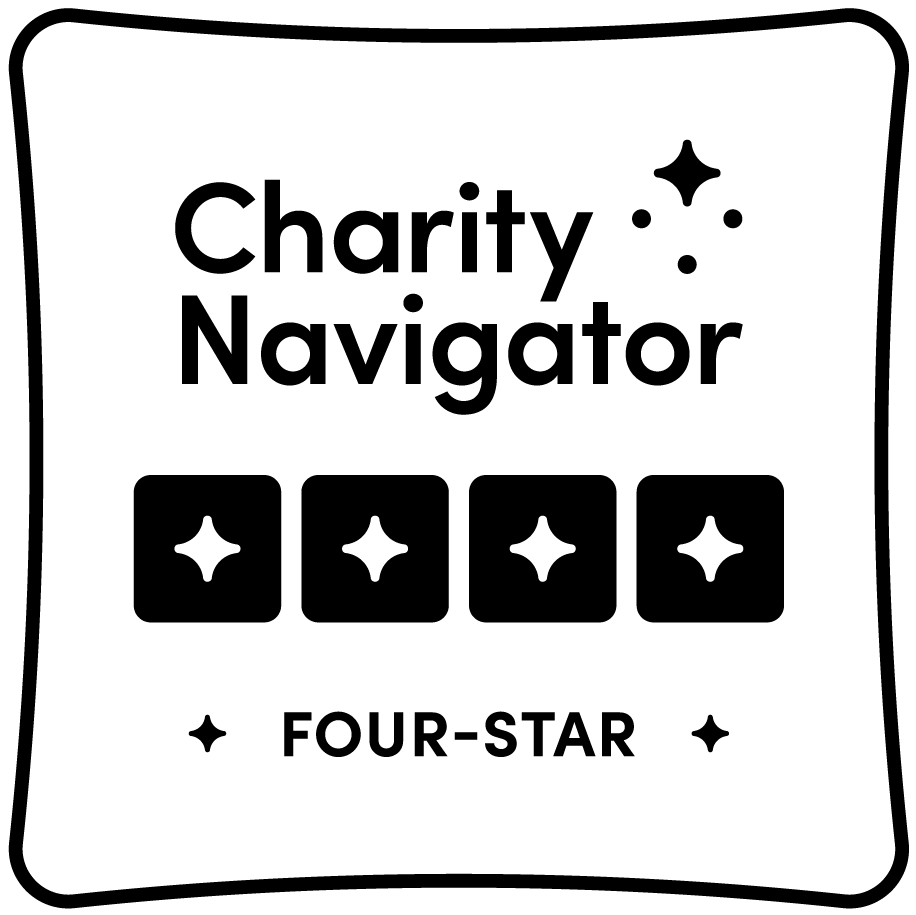This Is My Brain on 3-Tesla MRI
Page Five
Like OMRF’s 7-tesla magnet, the new one will be small-bore, large enough only to accommodate small animals. Keeping the bore small improves magnetic field strength. And that stronger field, says Towner, “will give us higher resolution, so that we can study changes that are occurring in even smaller groups of cells.”
A few days after my scan, Brewer e-mails me the results. “Good news, Adam! You do not appear to have Alzheimer’s disease. The size of your hippocampus falls right on the norm for a 66-year-old.”
Um, I’m 39.
“Don’t worry, that norm also applies for young folks.”
Brewer explains that my brain appears “fairly symmetrical” (good news) and that my functional MRI shows activity in all of the right places during the finger-tapping drill. He doesn’t see any signs of unwanted brain masses (again, good).
Besides helping me sleep better, the data gathered from my scans will become a part of an ongoing clinical research project Brewer is conducting. Researchers have known for some time that the hippocampus, a seahorse-shaped region of the brain, shrinks rapidly with Alzheimer’s disease. Using MRI, La Jolla’s Cortechs Labs have developed a method of measuring hippocampal volume with a single mouse click. Brewer now has scanned more than 200 subjects—including me—using this “volumetric imaging” system, and he is optimistic about its potential. “This could revolutionize the diagnosis of Alzheimer’s disease. Right now, there’s no definitive diagnostic test. But with volumetric imaging, we can catch it before a person is overly impaired. And that will be critical as new treatments come down the pike.”
To Brewer, Alzheimer’s is but the tip of the iceberg when it comes to the potential of MRI. “We have this amazing technology, and from it we get these beautiful images of the brain that are rich with information.” The problem, he says, is that physicians and scientists aren’t mining all the data. “We send the images to a radiologist, who looks at them and then dictates a little paragraph about what he saw. It’s like a game of telephone; there’s so much information lost. If we can devise a way to squeeze out all that information, I believe MRI will be the way to detect almost every neurological disease.”
And with earlier detection will come more effective treatments for human disease. Even, perhaps, ways to prevent the onset of symptoms in the first place. Talk about a powerful magnet.



